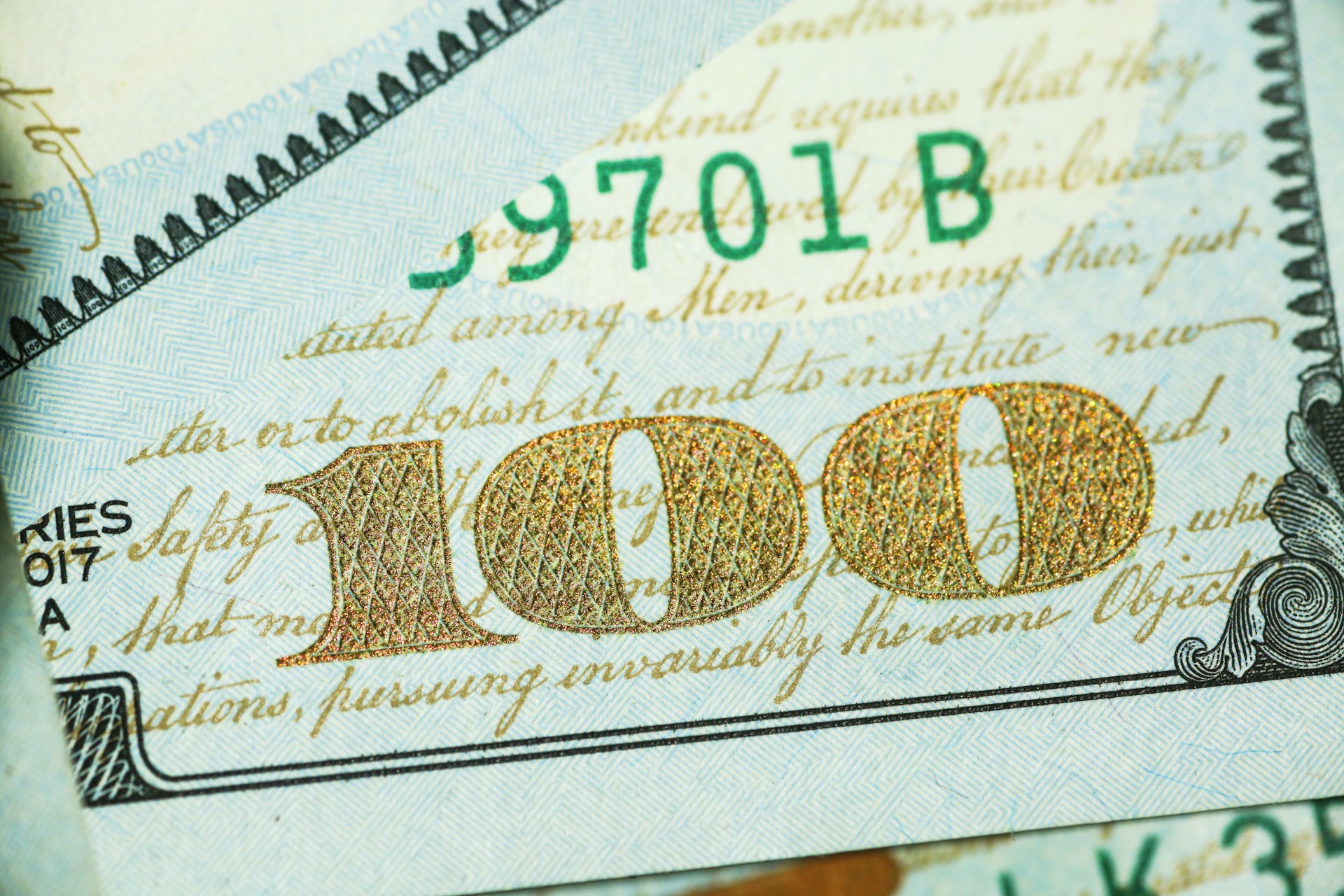Emergency expenses come up, and it’s nice to know that you can get a cash advance in case your savings aren’t enough. Knowing where to access additional cash can help you manage your expenses. Then, you can pay off the cash advance with your next paycheck and temporarily trim your expenses to ensure you don’t get into a habit of using cash advances. This guide will explore how you can get a cash advance, some key details to know, and the pros and cons.
What is a Cash Advance, and How Does It Work?
A cash advance is a charge you receive on your credit card for accessing cash. Credit card issuers let you take out cash equal to a percentage of your credit limit. You’ll receive the funds right away to your preferred bank account. Cash advances show up on your credit card balance and accumulate interest, so it’s ideal to pay it off as soon as you can.
When Might You Need a Cash Advance?
Cash advances can help with various expenses. These are some of the costs that can prompt a cash advance:
- Medical bills
- Surprise expenses
- Living costs if you are transitioning between jobs
- A one-time big purchase like furniture, a vacation, or something else
Cash advances are ideal for surprise expenses that you can pay off with your next paycheck.
Types of Cash Advances
You can choose from several types of cash advances. These are some of the highlights:
- Credit card cash advances: If you already have an unsecured credit card, you can probably get a cash advance right away. Having a higher credit limit and a lower balance will increase your maximum cash advance.
- Payday loans: These loans have short terms and are designed to be repaid with your next paycheck. These loans are notorious for high interest rates.
- Merchant cash advances: Small business owners can use these cash advances and receive funds based on sales projections. These cash advances get repaid with a percentage of credit and debit card transactions for the business.
Benefits and Drawbacks of Cash Advances
You should know the pros and cons of a cash advance before using this financial product. These are the key details.
Advantages of Cash Advances
- Receive cash: You can use these funds to cover any expense. It can make surprise costs and medical bills easier to manage.
- No credit checks: Payday lenders and credit card issuers do not check your credit score before giving out cash advances.
- Quick process: You can receive a cash advance on the same day that you apply. Very few financial products have that same turnaround time.
Potential Pitfalls
- Interest and fees: The costs of a cash advance can quickly add up, especially if you let them linger.
- Becoming too reliant on them: Cash advances can help you in a pinch, but taking out too many cash advances can result in high costs and enable bad financial habits.
- Lower credit: Missing payments on some cash advances can have a negative impact on your credit score. It depends on if the financial services provider reports your payment history to the major credit bureaus.
How Much Can You Borrow with a Cash Advance?
The amount you can borrow with a cash advance depends on your income, employment status, current debt, and other factors. It’s possible to borrow $500 to $1,000 with a cash advance, and some providers let you borrow more. Borrowers with high credit limits may be able to borrow additional cash.
What are the Eligibility Requirements for Obtaining a Cash Advance?
The eligibility requirements for obtaining a cash advance are relatively easy compared to other loans and financial products. You only need to show your income, employment status, and current debt. Cash advance providers often do not run hard credit checks or consider your credit score during the application process.
What are the Fees and Interest Rates Associated with a Cash Advance?
You will have to contend with cash advance fees, which vary for each lender. You will also have to pay late fees if you aren’t on time with your repayment schedule. Interest rates for cash advances are high, with APRs in the triple digits for some financial products. Payday loans and title loans have some of the highest rates in the industry. It’s normal to see credit card cash advances with 29.99% APR.
How to Get a Cash Advance
You can follow these steps to get a cash advance. Once you go through the process, it becomes easier if you need a cash advance in the future.
Online Application Process vs. In-person Application Process
An online application is much quicker than the in-person application process, and it’s also more convenient. Both application processes require you to present some personal information, such as your income, Social Security Number, and address.
Step 1: Assess Your Need
Determine how much money you need before approaching cash advance providers. Have a specific number so you don’t need to get a second loan, but don’t overpay fees and interest.
Step 2: Choose a Cash Advance Type
Consumers with credit cards can consider a credit card cash advance. However, you may need a payday loan if you don’t have a credit card. You should only use a payday loan as a last resort.
Step 3: Research Lenders
Compare rates and terms from various lenders to discover which cash advance is the most affordable. Reading online reviews can also help and give you an idea of what the overall experience may be like.
Step 4: Gather Necessary Documentation
You will have to provide proof of income, a government-issued ID, and other documents. Lenders will let you know which documents they want, but you won’t have to provide as much information for these loans compared to other financial products.
Step 5: Apply for a Cash Advance
The final step is to apply for a cash advance. It takes a lot of work to reach this step, and you need to compare options so you can find the right choice for your financial situation.
Evaluating Cash Advance Offers
When you are comparing cash advance offers, make sure you prioritize these factors.
Understanding Interest Rates and Fees
Interest rates and fees are the most important components of any loan. You should compare multiple offers and focus on the ones with competitive rates and terms. You shouldn’t work with a lender that has excessive rates, even if the online reviews boast about the company’s excellent customer support.
Reading and Understanding Terms
Borrowers should review the lender’s terms and conditions before agreeing to an offer. Most lenders have similar terms, but it’s good to compare each one.
Comparing Multiple Offers
You shouldn’t rush to accept the first cash advance you can find. Comparing several cash advances can help you decide which one is right for you.
Avoiding Predatory Lenders
Payday loans are notorious for high rates and fees. It’s better to use unconventional financing methods, such as borrowing money from family and friends, than it is to get stuck with predatory lenders.
Alternative Options for Cash Advance
You can choose from several alternatives for a cash advance. These are some of the options:
- Borrow money from family and friends
- Personal loan
- Home equity or HELOC
- Secured loan or secured credit card
- Picking up a side hustle
- Salary advance
- Buy Now Pay Later program
FAQs About How to Get a Cash Advance
You can contact lenders that do not require credit checks or take out a credit card cash advance to borrow $500 quickly.
The repayment term depends on the type of cash advance you use, but you’ll probably have to pay it back within a few weeks. It’s optimal if you can repay a cash advance with your next paycheck.
MoneyLion, Dave, and Cleo are some of the apps that give you $200 or more instantly.
Cash advances only hurt your credit if you miss payments and the cash advance provider reports your payment history to the major credit bureaus.







